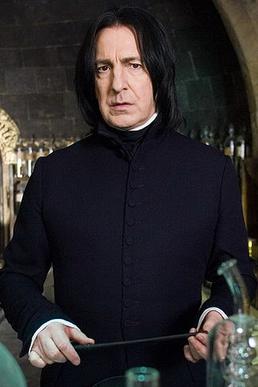Recently I read a news article about the growing trend of plastic surgery. I know, in this day and age, it seems like everyone’s been Botoxed, air-brushed and made over until unrecognizable (hello, “Real” Housewives!). But what really caught my eye was this had nothing to do with Hollywood.
It was about kids. As in, the rise of younger and younger children going under to knife to fix their “flaws.” And right there on the page was a before and after picture of the cutest little girl, maybe eight years old. And, quite frankly, I had to actually read the article to find out what was “wrong” with her in the before shot. Because I just couldn’t see it. Seriously. (As it turned out, it was her ears, which stuck out and caused her to be teased when she put her hair in a bun for dance class.)
(Now, before this turns into a debate about parenting and such — let me just say I’m a mother and I know how hard it is. I’m not looking to pass judgement on this girl’s parents, who were trying to spare their child the pain of being picked on. I get it. I really do. After all, I STILL remember the middle school classmate who told me I could “be a model”… if I just “had a different nose.” Yeah, if my parents had let me get a nose job, I probably would’ve knocked myself out and hopped on the operating table right then and there.)
That said, the whole article just made me a little sad.
Because here’s the thing I learned as I grew up (and into my nose) — people are more interesting not in spite of their “flaws,” but because of them. And this goes for fictional characters, too (see, I was getting to a point about writing, really!). And by characters with flaws, I don’t mean the ones who are utterly perfect… (except for being clutzy/ditzy/too tall, etc.). I’m talking about perfectly imperfect characters. The ones with complex motivations, the perhaps not-so-perfect looking ones. The ones that make bad decisions and fall on their faces.

Severus Snape via wikipedia
A perfect example: Severus Snape.
Snape has to be one of my favorite flawed — make that just plain favorite — characters in all of children’s literature. He’s surly and seemingly self-serving, not the most attractive guy in the room or even very pleasant to be around. But that made it all the more moving when his true motivations were revealed at the end of Deathly Hallows. I’ll admit, I choked up (especially at the movie — man, that Alan Rickman!). But the whole final scene would have had so much less impact if Snape had been less, well — Snape-ish. I can’t imagine a conventionally handsome Snape (George Clooney — ummm, no). Or one that was kind of tough with his students but really awesome in every other way. It just wouldn’t work.
In fact, flawless doesn’t work with any character — whether the hero or anti-hero. We all have flaws. Quirks. Things that make us who we are. And as I write this, I think maybe “flawed” isn’t quite the right word. Complicated, maybe. Human. Real. I mean, who wants to live in a world — or read a book — where everyone is exactly the same. Where everyone has been scrubbed down, airbrushed and made over until unrecognizable. There’s plenty of that on magazine covers. And as our kids find themselves surrounded more and more by unreal images of “perfection,” what better place to escape TO reality than in a good book?
So I say, let’s hear it for the not-so-perfect noses, the complex histories, the layers of good and bad that make us unique — the stories that remind us it’s cool to be different.
And let’s hear from you! Who are some of your favorite complex characters and why? And how do you go about writing characters that are more than just one-dimensional? Tell me in the comments below!
Jan Gangsei is glad no one ever let her “fix” her Jennifer Grey nose because she really likes it now. She also credits it with helping her develop a sense of humor (and the ability to detect gas leaks before anyone else in the house).



 Reading that many books in a short time really forced me to get to the end of a book, no matter what. The more often I did it, the easier it became. It was in short, a mental exercise for my brain.
Reading that many books in a short time really forced me to get to the end of a book, no matter what. The more often I did it, the easier it became. It was in short, a mental exercise for my brain.